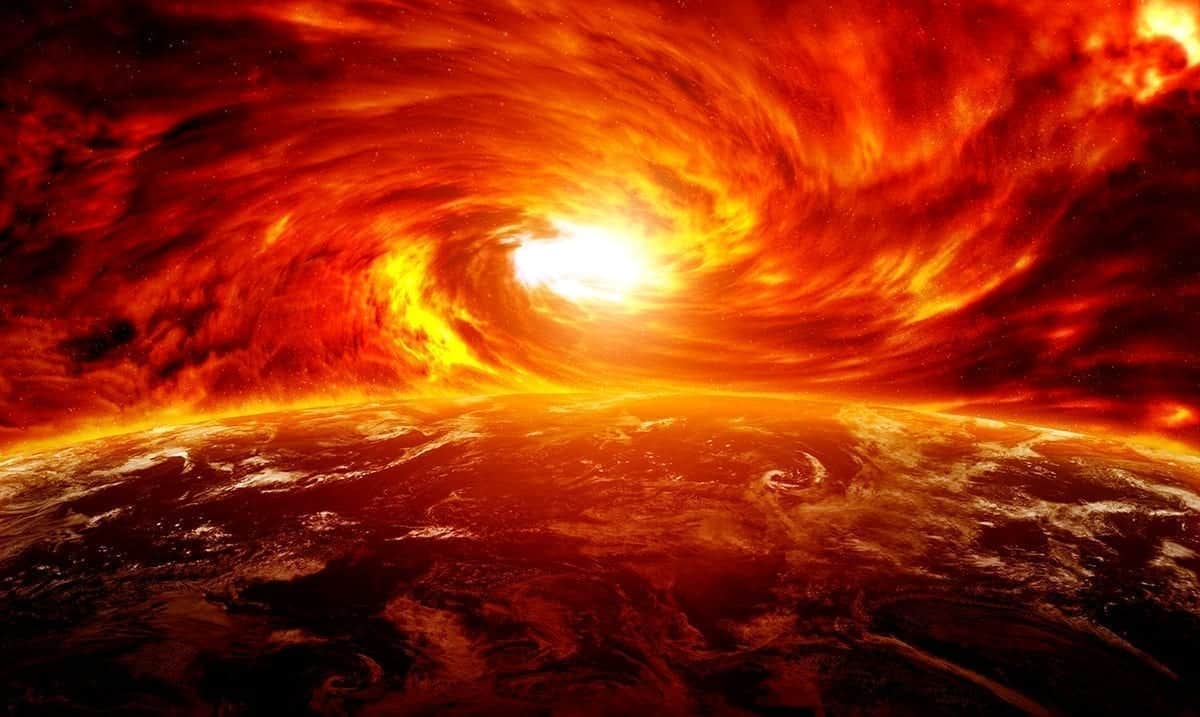For the most part, we were all aware that there was a huge ozone hole over the Arctic but the concept of it being closed is a bit hard to grasp, right? This hole according to CAMS (Copernicus Atmosphere Monitoring Service) is no more but how or why is that?
Well, before you start assuming the decline in air pollution during this pandemic has done this much already it hasn’t. This ozone hole being gone now doesn’t have to do with the pandemic in any way, and according to Accuweather, also doesn’t have anything to do with climate change or global warming. According to them, it’s all about the weather in this case and while that might sound confusing the explanation isn’t that complex.
The ozone hole over the Arctic is closed now because of the following Accuweather wrote:
This year, however, a particularly strong polar vortex led to the Arctic ozone hole in which most of the ozone typically found around 11 miles into the stratosphere was depleted, according to CNN. The last time such a strong depletion was observed in the Arctic was almost a decade ago.
So, why did it occur this year?
“The behavior of the ozone and the stratospheric polar vortex during the winter into spring is supported by a couple of research papers,” said AccuWeather Senior Meteorologist Bob Smerbeck. “They state that the coldest and strongest polar vortex in the stratosphere and the lowest concentration of ozone over the Arctic are more likely to occur when you have a combination of a solar minimum, which we are in now, and a westerly QBO [quasi-biennial oscillation, meaning lower stratospheric westerly winds over the equator], which we had from last summer through most of this winter.
“These are all naturally occurring processes,” Smerbeck said.
A polar vortex that remained above the polar region without weakening and a strong positive phase of the Arctic Oscillation (AO) were among a combination of factors that led the contiguous U.S. to experience higher-than-normal temperatures from December 2019 through February 2020.
“When you have a strong polar vortex that remains in the polar region, it tends to keep frigid air pent up so that it is difficult for long-lasting outbreaks of frigid conditions to reach the middle latitudes, including portions of the Midwest and Northeast,” said AccuWeather Lead Long-Range Meteorologist Paul Pastelok.
The unprecedented 2020 northern hemisphere #OzoneHole has come to an end. The #PolarVortex split, allowing #ozone-rich air into the Arctic, closely matching last week’s forecast from the #CopernicusAtmosphere Monitoring Service.
More on the NH Ozone hole➡️https://t.co/Nf6AfjaYRi pic.twitter.com/qVPu70ycn4
— Copernicus ECMWF (@CopernicusECMWF) April 23, 2020
Yes, it seems the driving factor in this ozone hole was a polar vortex. While a rare hole to form because of the month it was formed in (April) it is interesting to learn about and a bit of a relief in some ways that it’s gone so quickly. While it was expected that this hole would heal as temperatures increased this is quite a speedy recovery, I am sure you would agree. To learn more about this please check out the video below.

